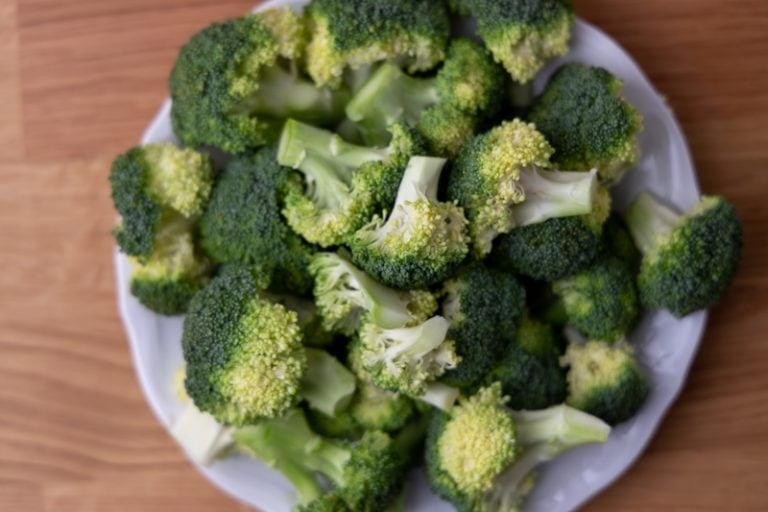How To Store Fresh Rhubarb
You’ve bought a bunch of rhubarb stalks to make rhubarb pie. It turns out you have to postpone that baking project. How do you store fresh rhubarb, and how long does it last?
If this is the first time you’ve bought rhubarb, or you always used it right away, and now you need to keep it for more than a couple of days, this article is for you.
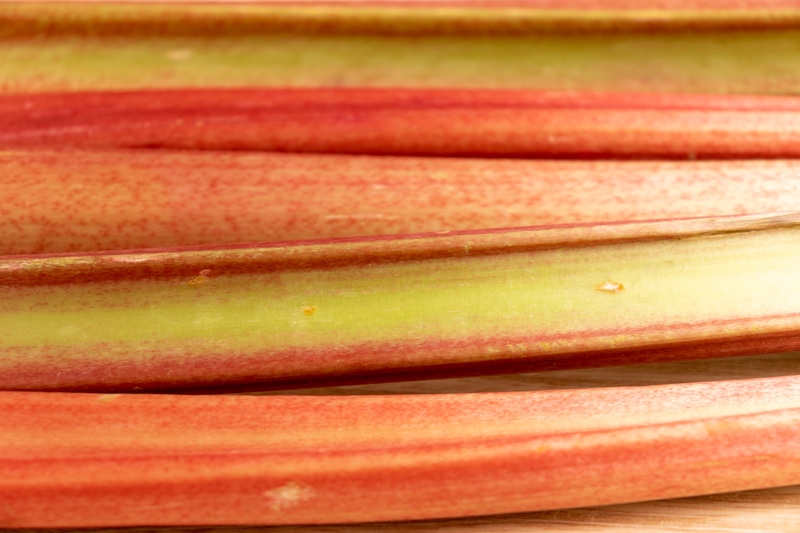
How To Store Rhubarb
When you get home with the stalks, trim and discard the leaves if they weren’t trimmed already. They are poisonous ([MF]) and take precious storage space, so it’s best to get rid of them right away.
When it comes to where to keep the rhubarb petioles, there are three options: room temperature, fridge, and freezer.

Storing Rhubarb on the Counter
If you plan on using the rhubarb stalks within a couple of days of buying, you can leave them at room temperature. The caveat here is you (probably) shouldn’t wrap them.
Wrapping the stalks traps the moisture, which prevents the veggie from drying out. The issue here is that moisture and room temperature equals rapid bacteria growth.
Because of that, I think it’s better to let the stalks dry out a bit instead of risking ending up with moldy rhubarb.
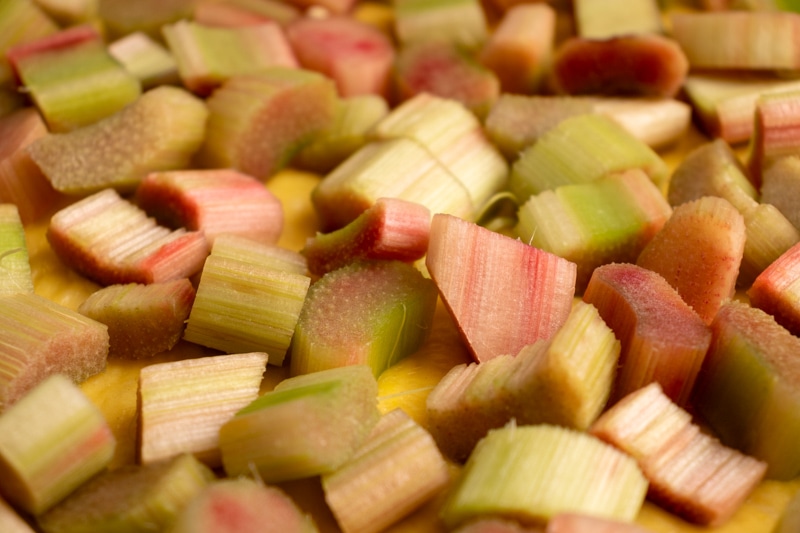
Storing Rhubarb in the Fridge
The best way to store rhubarb is in the refrigerator. You should put the stalks there unwashed and wrapped ([MSU]).
Now let us talk about the packaging. Like many other veggies, rhubarb produces and is sensitive to the ethylene gas. That’s the gas that helps fruits and vegetables ripen.
To help the stalks keep quality for longer, there needs to be some air circulation. If yours are in a plastic bag, poke a couple of holes, so that the ripening hormone can escape. Or use a perforated bag ([OSU]).
Keeping the petioles wrapped is also important. Rhubarb keeps best at a high relative humidity ([OSU]), and that plastic bag helps it retain that moisture instead of drying out.
When it comes to cut rhubarb, go with either a perforated bag or an airtight container. If you go with the latter, the rhubarb might go overripe a bit faster.
If you have some leftover rhubarb and no idea how to use it, you can always freeze it.
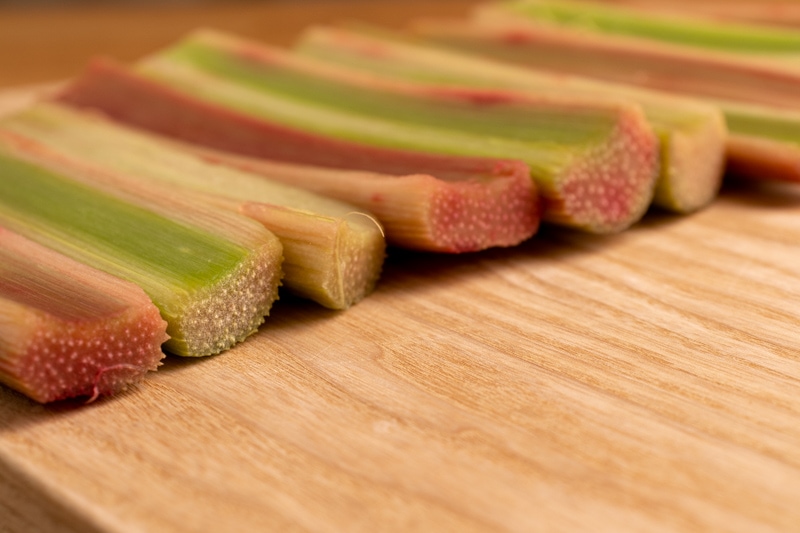
How To Freeze Rhubarb?
As with freezing any food, choosing a good quality specimen helps immensely. When it comes to rhubarb, go with firm, fresh, and ruby-red stalks. You might even eat a piece before freezing to make sure the flavor is just right.
When it comes to the process of freezing, it’s rather simple. For a bunch of stalks, it can take around 10 minutes (if you omit blanching), or closer to 40 minutes (if you blanch the veggie). Here’s how to go about it ([MF]):
- Prep. Wash the stalks and cut off the ends. Then cut them into lengths that fit into the bag or container you’re going to use. If you have a recipe in mind, cut them so that they’re ready for it.
- (Optional) Blanching. Plunge the rhubarb pieces in boiling water and cool in cold water right after. That helps the veggie retain color and flavor ([MF]). Let the rhubarb dry completely before proceeding.
- (Optional) Pre-freeze. Lay the pieces on a cookie sheet (line it with a silicone mat to simplify removing the tray once frozen) in a single layer and put it in the freezer. After a couple of hours, the veggie pieces will be frozen. This way, you can pack as many as you like in a single container and still quickly grab only one or two if that’s all you need.
- Packaging. Use airtight containers or freezer bags, depending on your preferences. And put a label on it if you like. Remember that if you don’t pre-freeze the rhubarb, the pieces will stick together. If you put in each container exactly how much you need for a single recipe, sticking isn’t an issue.
- Freeze. Put everything in the freezer for the long term.
That’s it. If you need your rhubarb to last for months, that’s the way to do it. If you skip blanching, the process is the same as I outline in my article on how to freeze watermelon.
Please note that you can also freeze rhubarb using the sugar-pack method. It requires more time and involves adding extra sugar to the veggie. The latter makes it a no-go option for me.
Instead of freezing fresh rhubarb, make rhubarb pie and freeze it instead!
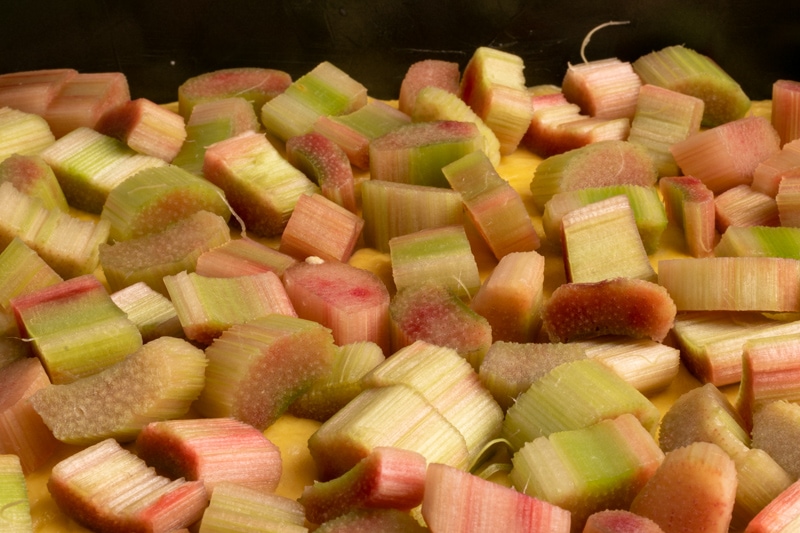
How Long Does Rhubarb Last?
Now that you know everything about storing rhubarb, it’s time to talk about how long it keeps for.
If you decide to leave it at room temperature, it should last for up to a week. It all depends on the quality of the stalks you’ve bought and the actual temperature where they sit (lower is better).
Of course, they can start to go moldy even after only a day or two, so I wouldn’t recommend leaving them in a cupboard for more than 3 to 4 days.
When it comes to storing rhubarb petioles in the fridge, they should keep for up to three weeks ([MSU, MF]). That is if you follow the recommended storage method. If you put them near any ethylene-producing fruits or veggies, they’ll go off much quicker.
Don’t expect the rhubarb to last the whole three weeks if it wasn’t in the refrigerated section in the supermarket.
| Room temperature | Fridge | |
|---|---|---|
| Rhubarb (whole stalks) | 3 – 7 days | 2 – 3 weeks |
| Rhubarb (cut) | 2 – 4 days |
Please note that the periods in the table are only estimates.
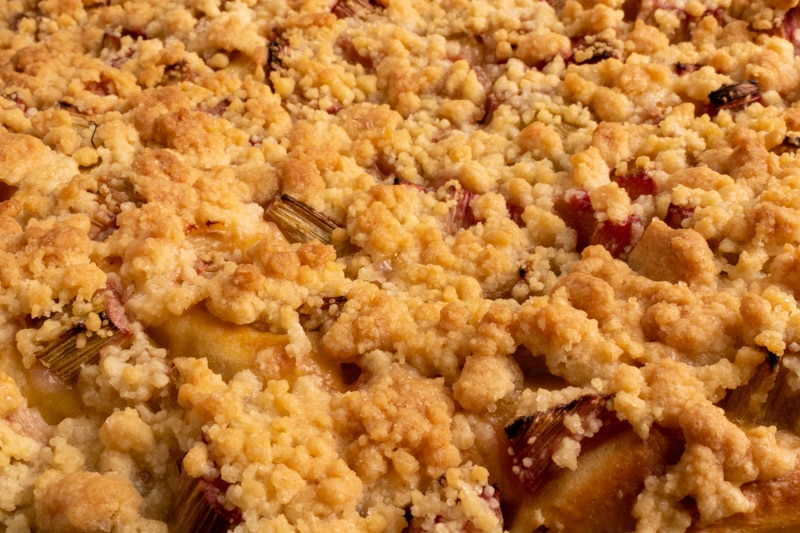
How To Tell If Rhubarb Is Bad?
The ends go moldy quite quickly, especially if you leave them at room temperature. The bottoms might look like this after a couple of days of storing them in a cupboard:
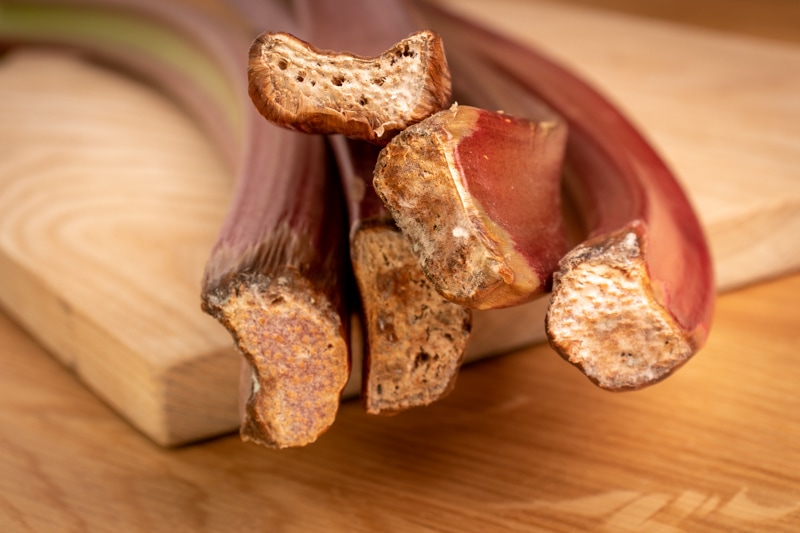
The leaves end also dries out quite quickly, and sometimes mold sets in. You might see something like this:
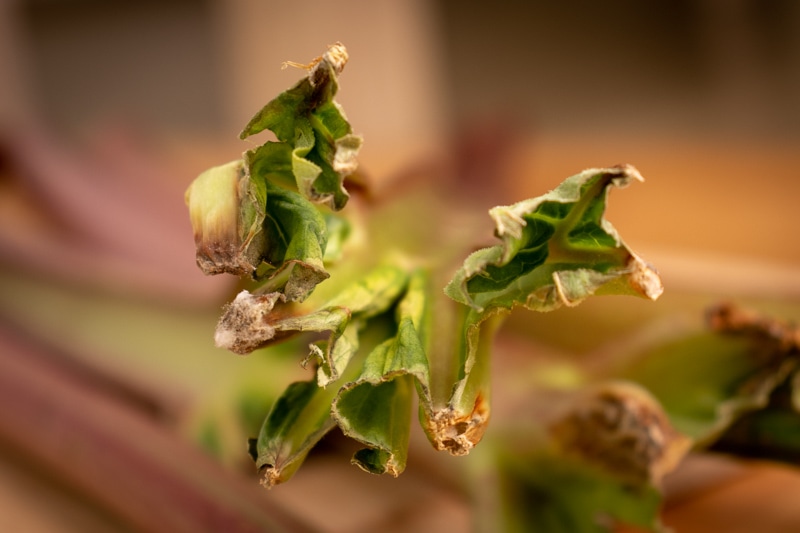
Such a small amount of mold usually isn’t a big deal. If you’re a purist, feel free to discard such a stalk.
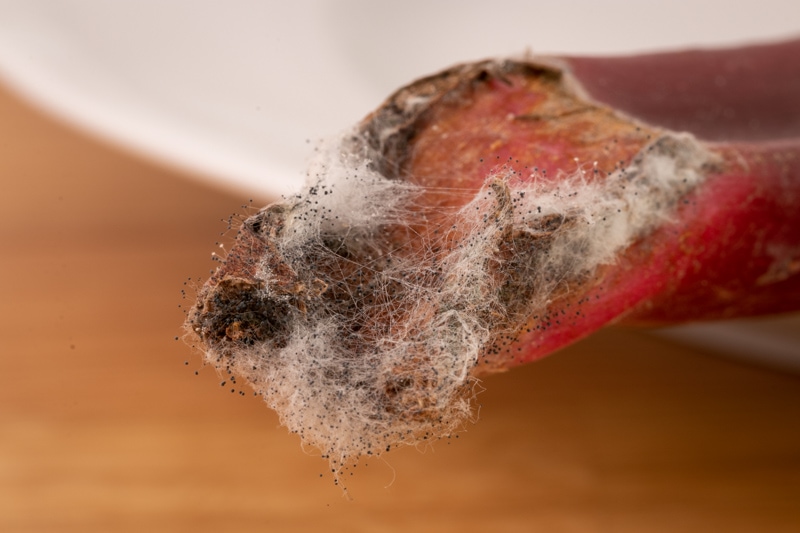
I simply cut off those parts (and then some), and use the rest. Especially if signs of mold show up on the parts of the veggie that you discard anyway (like in this case).
When it comes to sure signs that you should discard your rhubarb, look for:
- Mushiness. Rhubarb is very firm. If yours is not, it’s overripe at the very least. Get rid of it.
- Large black or brown spots.
- Mold. If there’s quite a lot of mold on the stalk (and not only a minuscule amount like on the photos above), discard it.
- Off smell. If it smells off, there’s something wrong with it.
If you’re not quite sure if the veggie is okay for eating or not, assume it’s not. When in doubt, throw it out.
Sources
- [MSU] – Storing and preserving rhubarb – Michigan State University Extension
- [MF] Michigan Fresh: Using, Storing, and Preserving Rhubarb
- [OSU] Rhubarb – Oregon State University
Rotten Records: Share Your Snap!
Caught some food past its prime? Upload your photo to “Rotten Records” and help others spot the signs of spoilage. Every image makes our food community safer and more informed!
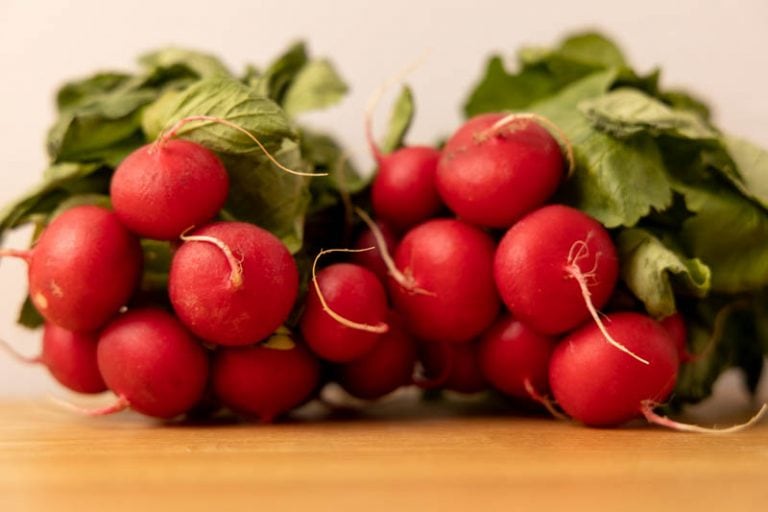
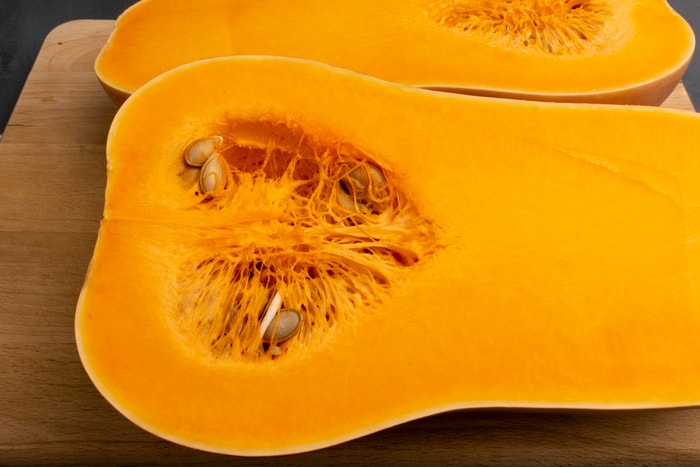
![How to Store Carrots? [Whole, Cut, Cooked & Baby Carrots]](https://www.doesitgobad.com/wp-content/uploads/Four-carrots-768x512.jpg)
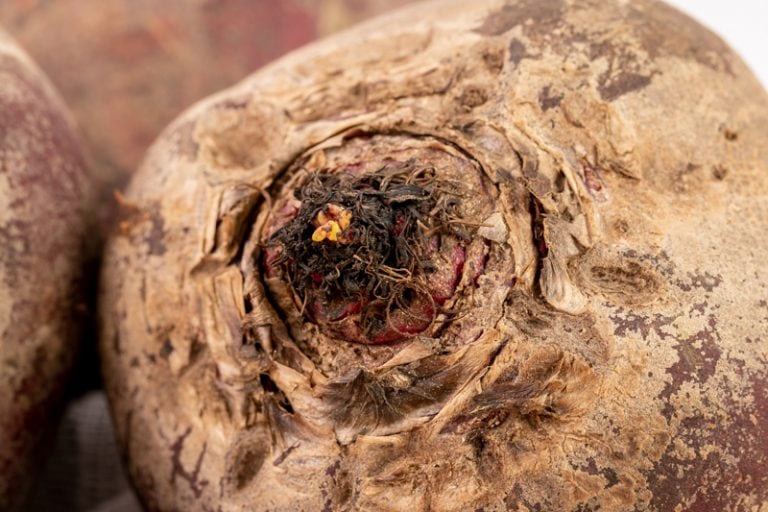
![How to Tell if Bell Peppers Are Bad? [3 Main Spoilage Signs]](https://www.doesitgobad.com/wp-content/uploads/Bell-peppers-spoilage-signs-768x512.jpg)
